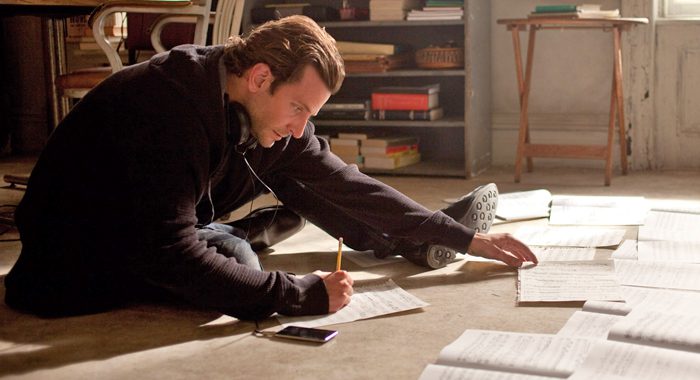Planning an event while your team is remote sounds like a daunting task. While there is no substitute for chatting it up and having an impromptu brainstorming sesh with your coworker, there are some surefire ways to ensure your remote team is set up for success.
So how can event planners keep their team on track when people are spread out? Also, what’s the best way to make sure their team is collaborative in meetings and not dreading every Zoom? Answer – it all comes down to staying ahead of any communication issues and planning things to a T. (Nothing new for organizers). For more, here are our top tips for planning an in-person event with a remote team.

Plan every task (as best as possible).
The best way to start planning an event with a remote team is to write down a detailed plan for how every task needs to get done.
You won’t be able to check in with team members around the coffee machine or give out quick planning tips in person each day. “Winging it” is just not an option when you are remote, on any level. So when in doubt, plan it out.
Write down each task (big and small). Who is responsible for completing it, and the date they need to get it done. Make sure to include any necessary information they need to complete the task. This document will be your guide for when speakers, venues, vendors, tech, etc., need to be locked in, as well as a roadmap to keep you on track.
Share the doc with your team and get buy-in. Make sure everyone agrees that your plan is sound, doable, and that each task will lead to a better event experience. This way your team will feel excited and motivated to get things done. Sounds like a plan, right?

Be supportive from day 1.
A supportive and empathetic leadership style will go a long way to bringing the team together when they are working remotely.
Your team needs to know that they can communicate with you and other team members as soon as they have a question. Waiting for people to connect virtually can use up valuable time, the time you wouldn’t waste in person. You want people to feel that communication lines are always open, no matter what.
It’s also a good idea to let your team know that you have their back. Especially if they need a personal day or extra help. We live in a time where empathy is going to be what brings projects across the finish line, so that’s what should guide your communications every day.

Give each meeting a structure, agenda, and little fun.
All of your meetings, whether virtual, hybrid, or in-person, should have a clear structure, agenda, and time built in to blow off some steam.
The initial thrill of Zoom is gone (if it ever really was there). It’s far too easy to tune out the talking heads and get off topic. Or start to feel disconnected from everyone you’re talking to. This is why a strategy for meetings is so important these days.
Consider starting with a block of time to break the ice or chat (or if you want to get down to business, do the break at the halfway point). Then get into key updates – only the most essential information that everyone needs to hear. Follow that with guided brainstorming or any guided discussion you need to get done.
Try setting a time for each specific part of the meeting, even the chit-chat! When you give people a clear start and stop time on tasks it helps keep people on topic. Deadlines also get the creative juices going, so try to tap into that!

Encourage offline work.
Encourage your team to take some time to work offline, out of the office, or pretty much anywhere where they feel more motivated or inspired.
Remote work can keep us glued to our screens, but it’s also an opportunity to get outside more, or even take more trips. Set some time aside for your team to work analog. Suggest they break out the pencil and paper for an hour. Or go for a walk and try to brainstorm on their own.
Groupthink in meetings and at the office can pull everyone in one direction, but solo brainstorming gives you tons of individual and unique ideas that exist independently. All of this new creative material is gold when you all get together again.
Most importantly, getting offline is a good way to reduce stress. It lets people know they don’t have to be glued to their desks.

Use technology, but don’t expect it to do everything for you.
Zoom and Slack can keep us connected at any time, but that doesn’t mean everyone will always be on the same page.
The most important thing is the effort you put into your virtual interactions. Are you setting the tone as a leader for how to meet and how work gets done? Are you making sure team members understand their tasks?
No amount of virtual post-it notes or Zoom sessions will help if the team feels they are disconnected. Or unsure about the scope or direction of the project.
Look at all your remote technology options as just a set of tools. How they get used – and what your team can create together – that’s the real magic when working remotely.
A little planning ahead goes a long way.
As obvious as it sounds, the key to planning an event with a remote team is creating a super detailed strategy and staying ahead of any communication issues.
Writing out every task that needs to get done and how it needs to happen is a great way to hit the ground running. Adding structure and goals to each meeting will ensure that the time spent video-chatting stays productive and positive. And you have to support your team from day 1 – after all, they’re all on their own out there! Bottom line, with the right plan, you can create both an awesome event and a great experience for your team. Now that’s a win-win.



